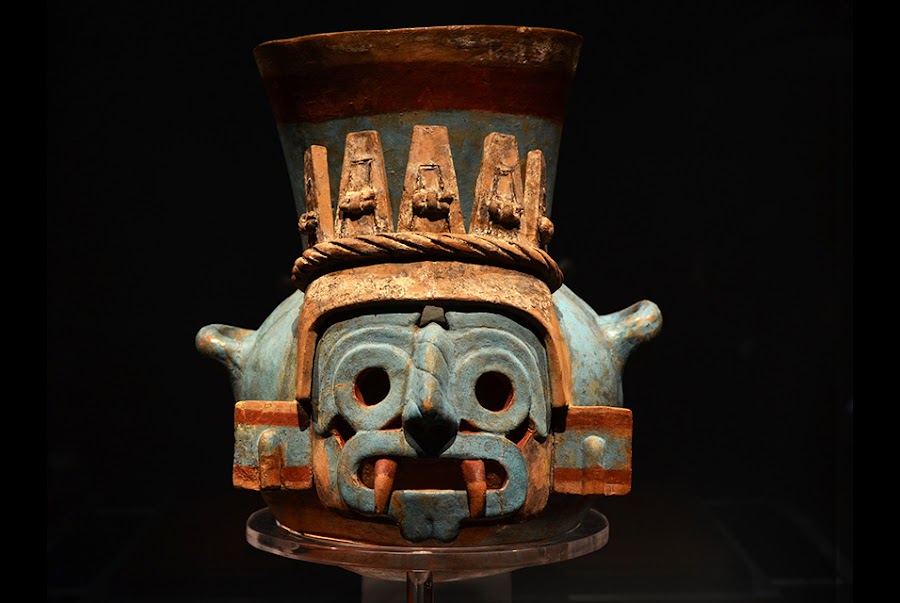ShowBusinessMan [Search results for Mexico]
The World's Fastest Purchase

'The Aztecs, People of the Sun' at Pointe-à-Callière in Montreal

'The Maya – Language of Beauty' at the Martin-Gropius-Bau Museum, Berlin

GreenPeace To Levi's "Go Forth and Detox!"

The Texas rangers will be engaged in protection of border with Mexico
The Champagne Bureau Wants You To Know Champagne Is From France

Heineken Invite To Open Design Explorations — Edition 2: The Lounge

Leo Messi Helps His Mom Soothe His Baby From Crying In New WeChat Commercial

Express Spring Collection Canada TV Commercial

Black Sun of a Gun

Greatness Awaits In Sony PlayStation Commercial

